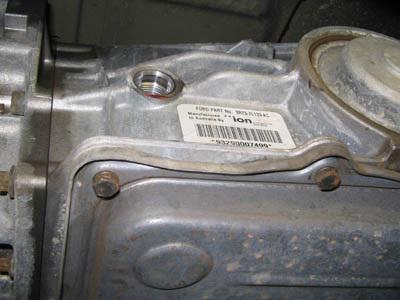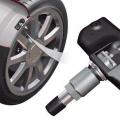At the present time, taking into account the modern rhythm and lifestyle, each person strives to be as mobile as possible in order to have time to do not only all their work-related affairs, but also to always be in the subject of the latest events and try to be present at them. And what would people do if there were no such amazing saviors as cars? But, despite their invaluable help, we also have certain obligations to them. Perhaps everyone understands that in order for the car to serve us as long as possible and in good condition, we must exercise proper control over it, check its technical condition and carry out repair work as needed. Of course, there are works that are extremely difficult to do on our own, and in such cases we turn to qualified craftsmen for help. However, there are things that we are able to do with our own strength. One of these important checks is the oil level check. And now we will consider the question: "How to check the oil level in the automatic transmission?"
General inspection instruction
In this process, there are many different nuances and details, everything will depend on the specific car, however, despite this, in most cases, the instruction on how to check the oil level in the automatic transmission comes down to certain actions:
- First, you will need to warm up your vehicle. To do this, we recommend driving a short distance (about 20 km). This is how you will be able to warm up your automatic transmission to the temperature at which it would normally operate.
- Then you need to find a place where there will be no slopes, holes and potholes.
- After the required place is selected, you should stop the car and put the automatic transmission in the "P" position.
- Then you need to find the dipstick to determine the oil level in the automatic transmission and pull it towards you. After that, the dipstick must be wiped dry.
- After wiping dry, the dipstick should be reinserted and pulled out again.
- After that, it is necessary to carefully inspect this element for the oil level in the automatic transmission and its quality in order to conclude whether it needs to be replaced.
All these, at first glance, not particularly difficult moments are the answer to the question: "How much oil is in the automatic transmission?" However, for people who have never encountered such work, many unclear points should be clarified. But about everything gradually.
Oil dipstick
A dipstick is a special tool that exists to check the oil level in a car's gearbox. And it doesn't matter - automatic or mechanical. The dipstick has special marks on it, which, in fact, determine the oil level in the automatic transmission. There are two inscriptions on the dipstick for the "automatic machine": "COLD" and "HOT", but do not think that they indicate the minimum and maximum oil levels in the box. No. The "COLD" mark exists in order to control the level of the filled oil in the gearbox when changing it. But "HOT" just shows the oil level when the engine is warmed up. Therefore, when checking the oil level in an automatic transmission, you need to focus on this mark.

Nuances of verification depending on the car
Based on what kind of car you have, the general instruction "How to check the oil level in an automatic transmission" may have slight distinctive features. For example:
- In some brands of cars, it is possible not to drive a distance in order to bring the box to operating temperature, they only need to idle for 5-10 minutes.
- Before starting the test, some cars are put on the "P" position, and some - on the "N" position. It depends on the make and model of the car, as well as on the manufacturer. For example, to check the oil level is put in the "P" position.
- The probe of some specific cars may have one instead of two marks, in which case it is necessary to navigate only one by one.
- There are cars in which there is no need to check the oil level or change it at all, since the oil life is equal to the life of the gearbox itself. In such cases, appropriate marks are put on the automatic transmission.
Automatic transmission oil
Speaking about checking the oil level in an automatic transmission and the importance of this procedure, the oil itself should be mentioned. After all, it is, of course, different from what is poured into manual transmissions. Moreover, these differences are present both in composition and in properties. Automatic transmission oil performs a number of functions in a car, namely:
Removing heat from the elements and mechanisms of the gearbox;
Direct torque transmission function from internal combustion engine to gearbox;
Removal of small particles appearing due to friction in the system;
Lubricating function of all surfaces damaged by rubbing;
Control function in the system.
Having understood the importance of oil in an automatic transmission, many car owners face the question: "So what kind of oil to pour into the automatic transmission?" The choice of it should be taken seriously, because the viability of your automatic transmission and, accordingly, its service life without breakdowns will directly depend on the quality. Let's figure out the question of choosing an oil for an automatic transmission.

Choice
One of the important points of this procedure is that the oil must have a sufficiently high specific gravity. This is required so that it can easily transfer torque from the combustion engine to the gearbox. Naturally, the oil simply must have high lubricating properties in order to provide good lubrication of parts subject to friction in the system. Of course, you should pay special attention to the special additives contained in the oil for the automatic transmission of your car. Additives are also different and perform, accordingly, also different functions. So, for example, there are designed to remove particles arising from friction in the system, or to prevent corrosion. Or there are also additives to remove suspended particles in the oil. Another of the most important selection factors is the fact that it must have a very low viscosity, this is what will allow a quick reaction in the control system.
There are different classes of oils: synthetic, semi-synthetic and mineral. All these classes are suitable for an automatic transmission, so the choice of one of them lies entirely with the car owner himself, depending on his material abilities, his specific desires for what functions should be performed by this or that oil in the gearbox of his car. We can definitely say for sure that the oil for an automatic transmission must contain additives. This is necessary in order to eliminate the shortcomings of the framework.
Essential Oil Base Additive Functions
Additives help to correct deficiencies in the base oil, which is usually 90% oil, and this is where their most important functions are:
Elimination of foaming;
An increase in the ignition temperature of the oil in the "machine";
Avoiding the connection of oil with oxygen, so that corrosion does not occur;
Preventing the separation of rubber gaskets and various types of seals in an automatic transmission;
Increasing the resistance of the friction surface to the so-called abrasion;
Reduction of ongoing corrosion processes in the system;
Retention of particles formed during friction in the system in suspension;
Implementation of the guarantee of the desired coefficient of friction in the system and elements of the friction control;
Preventing an increase in oil viscosity when a low temperature is reached;
Preventing changes in the color shade of the oil in an automatic transmission, so that it becomes impossible to determine its purpose, basically all oils intended for automatic transmissions are red.
Changing the oil in an automatic transmission
After we have answered the question of how to check the oil level in an automatic transmission, we should talk about such a moment as replacing it. If, after checking the oil level in the automatic transmission of your car, you find that it already has an unacceptable appearance and smell before operation, a logical question arises about replacing. Naturally, to resolve this issue, you can easily contact a service center or a service station convenient for you. However, such a procedure as changing the automatic transmission oil with your own hands is very easy. So, the process of changing the oil in an automatic transmission, as mentioned earlier, is quite simple, but long, so we advise you to be patient and be extremely careful.
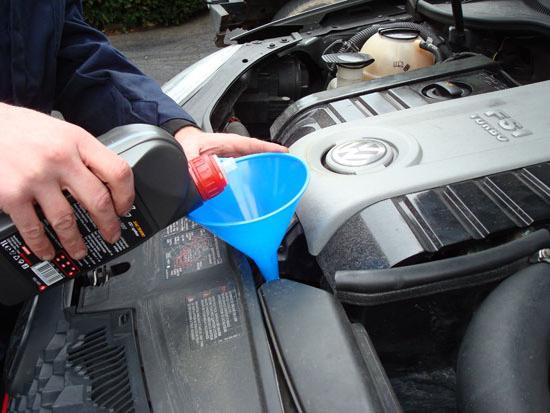
Automatic transmission oil change process
Of course, in order to change the oil in the automatic transmission, you need to purchase a product for your automatic transmission, taking into account all the necessary above requirements, check the presence of the dipstick in the box and find a place where the oil will be changed directly. The procedure includes the following steps:
- First, you need to drive a short distance in a car so that the "automatic" warms up to operating temperature.
- Then it is necessary to drain from the pallet of the automatic transmission the slurry that used to have the proud name of the automatic transmission oil "Honda", for example.
- Then it is necessary to remove the pallet itself, since there are also remnants of old oil on it, and these residues can reach up to 0.5 liters in volume. Here is an important point: to remove the pallet, you will have to remove the lower mounts of the automatic transmission, otherwise it will simply be impossible to "crawl" to it.
- Next, you need to remove the filter from the sump and rinse it for a better result of oil change.
- After the filter has been washed, it is necessary to put it back in place together with the pan. There is still a small recommendation here: before fixing the pallet in place, it is advisable to coat it with sealant several times, drying the first layer for about three to four hours. And only then, after the second smearing, attach it in place.
- After everything is in place, it is necessary to fill in about the same amount of oil as the old one was drained, plus an additional liter and a half.
- Next, you need to remove the hose that goes from the radiator to the "machine", lower it into some container or bucket and start the car. You should pay attention to what color the so-called "slurry" will start to flow. It is necessary to drain about three liters.
- After about three liters has been drained, it is necessary to turn off the car and refill the same amount of oil, and then drain it again with the car engine running.
- This procedure must be repeated as many times as necessary in order for clean oil to flow from the hose.
- After that, you need to put everything in its place, drive a short distance and check the volume of oil in the automatic transmission. If there is a shortage, top up to the corresponding mark of the dipstick, and in case of overflow, drain the excess oil in the gearbox, also relying on the marks of the dipstick.
When changing the oil in an automatic transmission, it is important to try to avoid overfilling, as this can lead to negative consequences in the operation of your car.
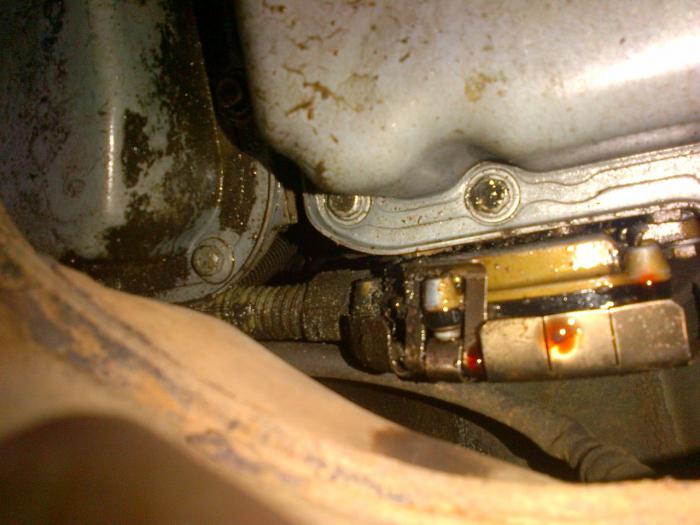
Effects of oil overflow
If the oil was poured in a small amount, you should not worry too much, you just need to drain it to the required level as soon as possible, but if the overflow is too large, then very unpleasant consequences can occur, such as:
The overflowing oil under the influence of temperature can fall on the oil seals, as a result of which they begin to work in a mode of low consumption, which, in turn, quickly leads to their wear;
Also, oil can get on the spark plugs, which can lead to problems in the ignition, and because of this, even the ignition cylinders can stop working;
Oil for automatic transmission can also get on the air flow sensor, as a result of which the fuel consumption itself is significantly increased;
Due to the overflow of oil, the entire oil system starts to work "for wear and tear", as a result of which the service life can be significantly reduced;
Also, due to an excessive amount of oil, some air particles can form in it, which can attract dirt particles to itself, which can negatively affect the operation and the crankcase.
It is worth remembering that the process of oil boiling off in an automatic transmission is quite long, so do not delay the repair, immediately seek help from qualified car mechanic workshop technicians in order to determine the negative effect of the overflowed oil in the early stages and be able to fix everything.
Conclusion
Based on the foregoing, it should be concluded that checking the oil in the automatic transmission, as well as replacing it if necessary, are very important procedures. You should be very careful and serious about the very process of checking and changing the oil in an automatic transmission, as well as the selection of oil for it. It should be remembered that the service life and quality of the automatic transmission of your iron horse will depend on your responsibility and seriousness in approaching this issue. This means that it will save your strength, nerves and money, which will not have to be spent on repairing the gearbox in case of a breakdown due to untimely maintenance of it. 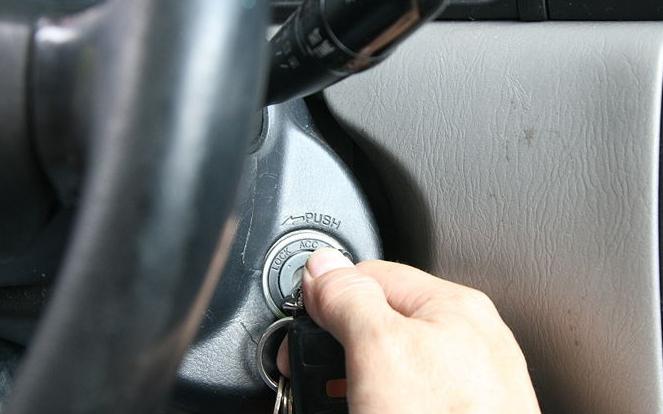
Well, as a last resort, for those who still have not become more confident in their abilities, or who have already lost the desire to "tinker" themselves with questions related to caring for the automatic transmission of their car, you should remember that for you always highly qualified masters work, ready at any moment to help you in solving your problems. For your money, of course. We hope our tips will help you. We wish you good luck on the road and polite drivers.

